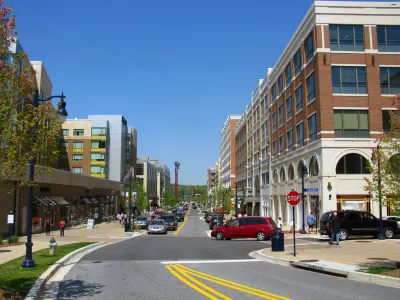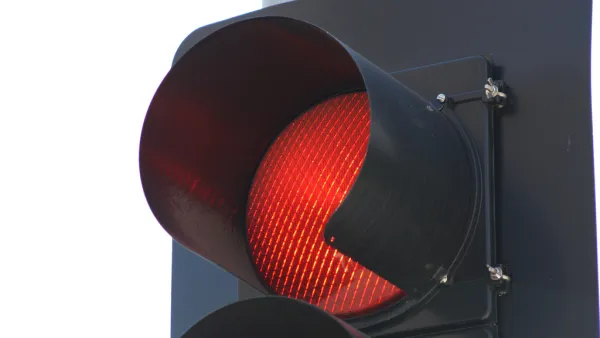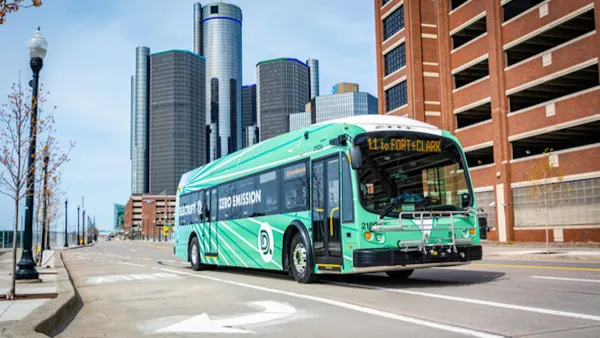Certain intersections stand to gain from losing their traffic lights. According to this study, cities can save money and improve safety by uninstalling signals in low-traffic zones.

New research from Wayne State University extols the advantages of removing unnecessary traffic lights. The researchers studied a sample of 100 signals across Detroit. Eric Jaffe writes, "Extrapolating those findings to all the lights deemed eligible for removal (1,021), [researchers] Schrader and Hummer concluded that Detroit could remove 460 signals, or 30 percent of its total inventory."
While it is true that depopulated Detroit suffers from a glut of seldom-used roadways, every city has its share of low-traffic intersections. The study provides four reasons that can justify signal removal. They include:
- Removing a single traffic light can save up to $8,000 per year in operation and maintenance costs.
- Signals can impede traffic flow as drivers wait alone at red lights.
- Swapping signals for stop signs can improve driver concentration.
- City taxpayers unfairly subsidize the travel of nonresidents by paying for the traffic lights they use commuting to suburbs.
FULL STORY: 4 Reasons to Remove Traffic Lights in the Era of Peak Driving

National Parks Layoffs Will Cause Communities to Lose Billions
Thousands of essential park workers were laid off this week, just before the busy spring break season.

Retro-silient?: America’s First “Eco-burb,” The Woodlands Turns 50
A master-planned community north of Houston offers lessons on green infrastructure and resilient design, but falls short of its founder’s lofty affordability and walkability goals.

Delivering for America Plan Will Downgrade Mail Service in at Least 49.5 Percent of Zip Codes
Republican and Democrat lawmakers criticize the plan for its disproportionate negative impact on rural communities.

Test News Post 1
This is a summary

Test News Headline 46
Test for the image on the front page.

Balancing Bombs and Butterflies: How the National Guard Protects a Rare Species
The National Guard at Fort Indiantown Gap uses GIS technology and land management strategies to balance military training with conservation efforts, ensuring the survival of the rare eastern regal fritillary butterfly.
Urban Design for Planners 1: Software Tools
This six-course series explores essential urban design concepts using open source software and equips planners with the tools they need to participate fully in the urban design process.
Planning for Universal Design
Learn the tools for implementing Universal Design in planning regulations.
EMC Planning Group, Inc.
Planetizen
Planetizen
Mpact (formerly Rail~Volution)
Great Falls Development Authority, Inc.
HUDs Office of Policy Development and Research
NYU Wagner Graduate School of Public Service





























